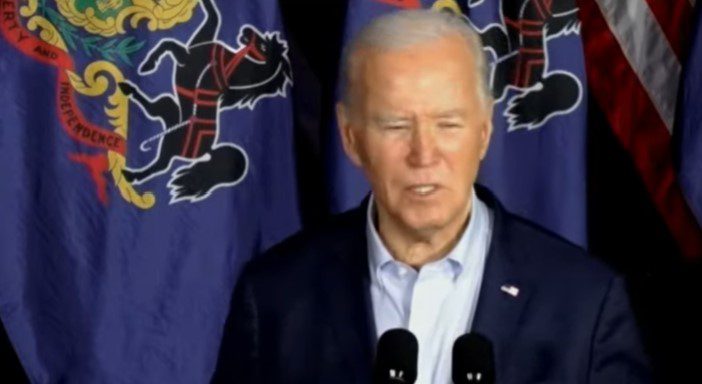Analysis of Crime Rate Trends in the US
Republican rhetoric surrounding crime tends to peak during election years, as observed in the ongoing election cycle. However, an interesting revelation was made on Fox News that may have surprised viewers. The statement highlighted a significant increase in the murder rate during the last year of the Trump administration, contrasting with the subsequent years under President Biden’s leadership.
Trending Crime Rates
During a recent meeting at the White House, President Biden engaged with prominent police chiefs, emphasizing the reduction in violent crime across major cities. This positive trend was attributed to various factors, including the implementation of strategic policies such as the American Rescue Plan. Focused solely on by Democratic support, this plan played a crucial role in aiding cities during the pandemic, introducing innovative approaches like mental health and youth intervention programs within policing structures.
In a noteworthy development, cities such as Detroit and Chicago witnessed a decline in homicide rates in the year 2023, signaling progress in crime prevention efforts. President Biden underscored this achievement during the meeting, stating that the United States experienced one of the lowest rates of violent crime in over five decades.
Impact of Government Policies
Further bolstering crime reduction initiatives, Biden’s Department of Justice unveiled a violent crime reduction strategy in 2021. This deliberate move reflected the administration’s commitment to enhancing public safety and fostering secure communities.
Statistics reported by Reuters indicated a decline in violent crimes, including murder and rape, in the US during 2022. While the trend was optimistic, property crimes witnessed an increase during the same period. The emergence of these contrasting trends underscored the complex nature of crime dynamics in the country.
The peak in murder rates during 2020, attributed to the onset of the pandemic, occurred during the final year of the Trump presidency. Subsequent years witnessed a notable decrease in homicides, with a 12% decline from 2022 to 2023, showcasing a positive trajectory in crime statistics.
Evaluating Political Accountability
While drawing direct correlations between the pandemic and crime rates requires nuanced analysis, it is evident that effective governance plays a pivotal role in addressing societal challenges. The handling of the pandemic by the previous administration, characterized by delayed responses and misinformation, likely had repercussions on various aspects, including crime rates.
In the realm of political discourse, the question of party affiliations and crime management arises. Traditional perceptions often favor Republicans on crime-related issues; however, recent data challenges this notion. The efficacy of legislation supported by Democrats in reducing homicide rates raises pertinent questions about the narrative surrounding party stances on violent crime.
Moreover, the tendency to shift focus towards divisive topics, such as border security and drug trafficking, reflects a broader narrative aimed at diverting attention from substantive discussions on crime prevention strategies. This strategic maneuver highlights the influence of partisan agendas in shaping public perceptions and policy priorities.
Conclusion
As the election season unfolds, the discourse on crime rates and governance strategies remains a prominent theme. Holding political leaders accountable for their actions, successes, and shortcomings is essential in fostering transparency and accountability within the political landscape. The need for evidence-based policymaking and data-driven approaches in addressing complex issues like crime underscores the importance of informed decision-making and inclusive dialogue.
Image/Photo credit: source url





